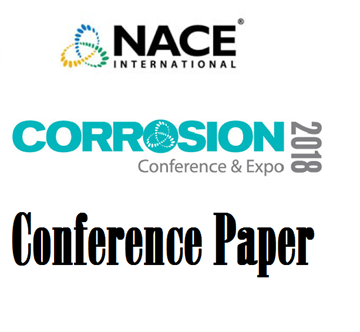Search
51314-3795-Microbiologically Influenced Corrosion of Heat Exchanger Tubes
Also Purchased
51313-02118-Corrosion of a Shell-and-Tube Heat Exchanger
Product Number:
51313-02118-SG
ISBN:
02118 2013 CP
Publication Date:
2013
$20.00
51318-11059- Review of a UNS N04400 Heat Exchanger Tube Failure in Cooling Water Service
Product Number:
51318-11059-SG
Publication Date:
2018
$20.00
51315-5473-Corrosion of a Vertical Shell and Tube Heat Exchanger
Product Number:
51315-5473-SG
ISBN:
5473 2015 CP
Publication Date:
2015
$0.00




